Introduction: A Taste of Tradition
In the vast culinary landscape of China, where flavors range from the fiery spices of Sichuan to the delicate sweetness of Cantonese cuisine, one dish stands out as a timeless emblem of simplicity and elegance: Oil-Braised Bamboo Shoots (You Men Sun). This dish, though seemingly humble in its ingredients, encapsulates the essence of Chinese cooking—a harmonious blend of flavors, textures, and cooking techniques that elevate everyday ingredients to new heights.
Bamboo shoots, a staple in many Asian diets, are prized for their crisp texture and subtle, earthy flavor. When prepared with care, they can become the backbone of a meal, offering a refreshing contrast to richer, more assertive ingredients. Oil-Braised Bamboo Shoots takes this natural delicacy and transforms it into a dish that is both comforting and sophisticated, making it a perfect addition to any meal, whether it’s a family dinner or a festive banquet.
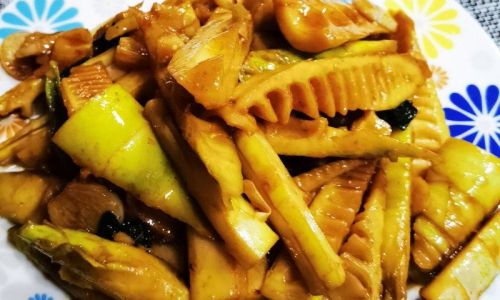
In this article, we will embark on a culinary journey, exploring the origins, preparation, and execution of Oil-Braised Bamboo Shoots. We’ll delve into the selection of ingredients, the nuances of cooking techniques, and the art of seasoning that brings this dish to life. By the end, you’ll not only have a comprehensive understanding of how to make this classic Chinese dish but also appreciate the deeper cultural and culinary significance it holds.
Chapter 1: The Ingredients: Nature’s Gift
At the heart of Oil-Braised Bamboo Shoots lies the bamboo shoot itself. But to create a truly memorable dish, the choice of ingredients is crucial. Here’s a closer look at what you’ll need:
Fresh or Canned Bamboo Shoots:
The quality of bamboo shoots makes a significant difference. Fresh shoots, harvested during the spring when they are tender and young, offer the best texture and flavor. However, canned shoots, which are preserved in water or brine, are a convenient alternative and can still yield delicious results if chosen carefully. Look for cans that have been processed without excessive additives and have a clear, bright color.
Cooking Oil:
Vegetable oil, such as peanut or canola, is ideal for this dish. It has a high smoking point, which is essential for the braising process, and a neutral flavor that won’t overpower the delicate taste of the bamboo shoots.
Aromatics:
Garlic, ginger, and scallions are the trifecta of Chinese cooking aromatics. They add depth and complexity to the dish, with garlic providing a subtle nutty flavor, ginger offering a hint of spice, and scallions adding a fresh, slightly sweet note.
Seasonings:
Soy sauce, rice vinegar, sugar, and sesame oil are the key seasonings. Soy sauce provides saltiness and a rich, umami flavor, while rice vinegar balances the dish with a touch of acidity. Sugar rounds out the flavors, creating a harmonious sweetness, and sesame oil adds a nutty, fragrant finish.
Optional Garnishes:
To elevate the presentation and flavor, consider garnishing with chopped green onions, toasted sesame seeds, or a sprinkle of chili flakes for a bit of heat.
Chapter 2: Preparation: The Art of Precision
Before diving into the cooking process, proper preparation of the bamboo shoots is essential. This involves cleaning, blanching, and sometimes peeling, depending on whether you’re using fresh or canned shoots.
Cleaning Fresh Shoots:
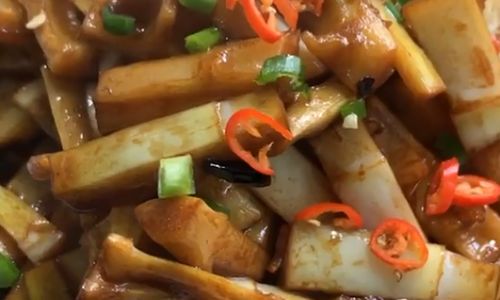
- Peel the outer layers of the shoot using a sharp knife, removing any tough or discolored parts.
- Slice the shoot into thin strips or pieces, depending on your preference.
- Soak the prepared shoots in water for a few hours to remove any bitterness, changing the water occasionally.
Preparing Canned Shoots:
- Drain the canned shoots and rinse them thoroughly under cold water to remove any excess brine or preservatives.
- Pat them dry using paper towels to ensure they don’t splatter during cooking.
Blanching:
- Bring a pot of water to a boil and add a pinch of salt.
- Blanch the bamboo shoots for about 2-3 minutes to soften them slightly and remove any remaining bitterness.
- Drain and immediately plunge them into ice water to stop the cooking process and preserve their crispness.
Chapter 3: Cooking Techniques: The Science and Soul of Braising
Braising is a cooking technique that involves simmering food in a small amount of liquid, typically a flavorful broth or sauce, in a covered pot. In the case of Oil-Braised Bamboo Shoots, the “braising” is more of a gentle frying process with the addition of liquid seasonings, creating a caramelized exterior and tender interior.
Step-by-Step Cooking:
-
Heat the Oil:
Place a wok or large skillet over medium-high heat and add enough vegetable oil to coat the bottom generously. Allow the oil to heat until it shimmers but not to the point of smoking. -
Aromatize:
Add the chopped garlic, ginger, and white parts of the scallions to the hot oil. Stir-fry for about 30 seconds until fragrant but not burnt. This step is crucial as it lays the foundation for the dish’s flavor. -
Add the Bamboo Shoots:
Carefully add the prepared bamboo shoots to the wok, spreading them out in a single layer. Allow them to sear undisturbed for about 1-2 minutes on each side, creating a golden-brown crust. This not only adds texture but also helps to develop a deeper flavor. -
Season and Braise:
Pour in a mixture of soy sauce, rice vinegar, sugar, and a splash of water (about 1/4 cup). Stir to coat the shoots evenly with the seasoning. Reduce the heat to low, cover the wok, and let the shoots braise gently for about 5-7 minutes, allowing the flavors to meld and the shoots to soften further. -
Finish and Taste:
Uncover the wok and increase the heat to medium-high. Stir the shoots occasionally until the sauce has thickened slightly and the shoots are glossy and coated with a syrupy glaze. Taste and adjust the seasoning with more soy sauce, sugar, or vinegar if needed. -
Add the Greens:
Stir in the green parts of the scallions (if using) and cook for another 30 seconds until wilted. This adds a fresh, vibrant note to the dish.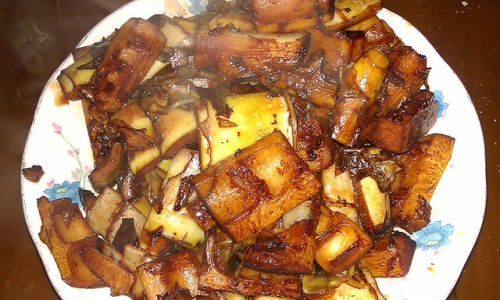
-
Drizzle with Sesame Oil:
Off the heat, drizzle a small amount of sesame oil over the shoots. The heat of the dish will warm the oil, releasing its fragrant aroma.
Chapter 4: Serving and Enjoying: A Culinary Celebration
Oil-Braised Bamboo Shoots is a versatile dish that can be enjoyed in various ways. It pairs beautifully with steamed rice, making it a satisfying main course, or it can be served as a side dish to complement richer proteins like pork, chicken, or tofu.
For a more elaborate presentation, consider serving the bamboo shoots on a bed of sautéed greens or atop a bed of noodles. Garnish with chopped green onions, toasted sesame seeds, or chili flakes to add a pop of color and an extra layer of flavor.
As you take your first bite, let the flavors meld on your palate—the caramelized sweetness of the shoots, the tang of the rice vinegar, the subtle heat of the garlic and ginger, and the nutty finish of the sesame oil. This dish is not just a meal; it’s a journey through the essence of Chinese cuisine, a celebration of nature’s bounty, and a testament to the art of simple, elegant cooking.
Conclusion: A Culinary Legacy
Oil-Braised Bamboo Shoots is more than just a recipe; it’s a cultural artifact, a reflection of China’s rich culinary heritage, and a testament to the beauty of simplicity in cooking. By mastering this dish, you not only learn a timeless cooking technique but also gain a deeper appreciation for the delicate balance of flavors and textures that define Chinese cuisine.
So, the next time you find yourself in the kitchen, gather your ingredients, follow the steps meticulously, and let your senses guide you. As the aroma of garlic, ginger, and bamboo shoots fills the air, remember that you’re not just cooking a meal; you’re participating in a centuries-old tradition, one that connects you to the past and brings joy to the present. Enjoy your culinary journey, and bon appétit!

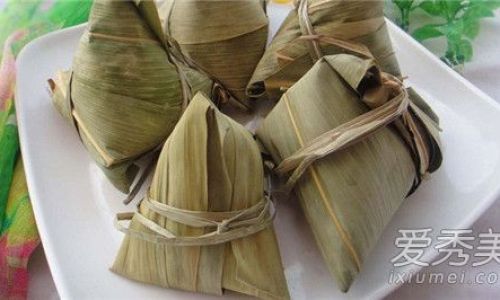
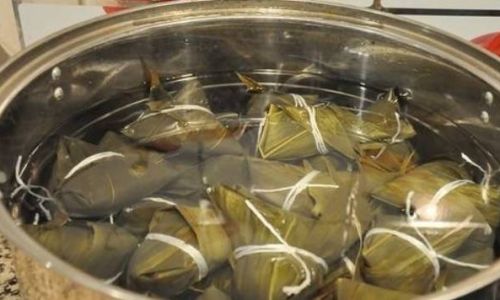
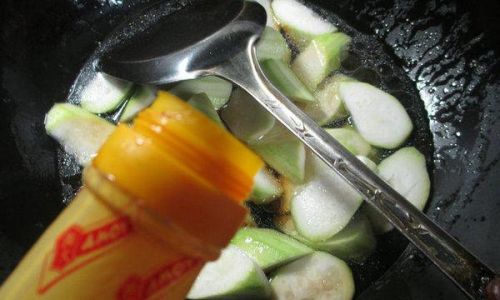
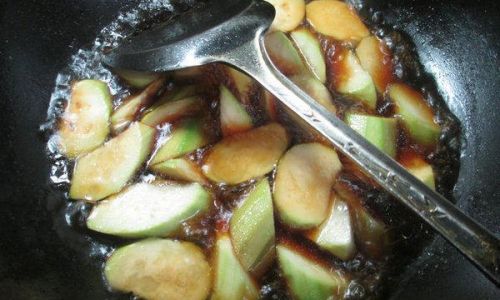
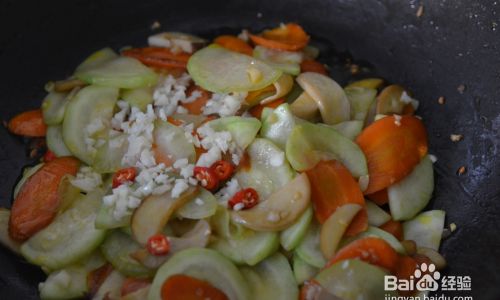
0 comments